- Aleph
- Anna Gat
- Ariel LeBeau
- Austin Robey
- David Blumenstein
- David Ehrlichman
- David Kerr
- Devon Moore
- Dexter Tortoriello
- Drew Coffman
- Drew Millard
- Eileen Isagon Skyers
- FWB Staff
- Gaby Goldberg
- Greg Bresnitz
- Greta Rainbow
- Ian Rogers
- Jessica Klein
- Jose Fernandez da Ponte
- Jose Mejia
- Kelani Nichole
- Kelsie Nabben
- Kevin Munger
- Khalila Douze
- Kinjal Shah
- Kyla Scanlon
- LUKSO
- Lindsay Howard
- Maelstrom
- Marc Moglen
- Marvin Lin
- Mary Carreon
- Matt Newberg
- Mike Pearl
- Mike Sunda (PUSH)
- Moyosore Briggs
- Nicole Froio
- Original Works
- Ruby Justice Thelot
- Ryne Saxe
- Simon Hudson
- Steph Alinsug
- The Blockchain Socialist
- Willa Köerner
- Yana Sosnovskaya
- Yancey Strickler
- iz

Fri Nov 19 2021
Transience is a theme that has been explored in art and literature throughout human history, but the emergence of art assisted by technology presented a leap forward for confronting the subject. And, as with many technological leaps, it isn’t immediately apparent that progress has taken place. Nam June Paik’s early video art installations were often derided by critics, or worse, ignored by audiences who didn’t even grasp the idea that a brawny 1970s television set could be used artistically. Now, Paik is recognized as the "father of video art."
Ezra Miller’s Solvency stands apart from early 2021’s explosion of NFT projects for its meticulous and careful execution, if not the peculiarity of the art itself. Built in collaboration with software engineer Steve Klebanoff, the project is made up of 500 editions that are uniquely generated works, their attributes influenced by the hash of the token that the user minted, with some hashes generating patterns and textures that occur less frequently than others. Made using the latest iteration of WebGL, an open-source standard for 3D animation in browsers that first debuted in 2011, each Solvency piece flows infinitely and actually benefits from being displayed on more powerful computers that can handle rendering the WebGL code properly.
Here, the team behind Solvency and collectors who revere the project recount how this project came about and why it resonates so much for the community of people who have coalesced around it.
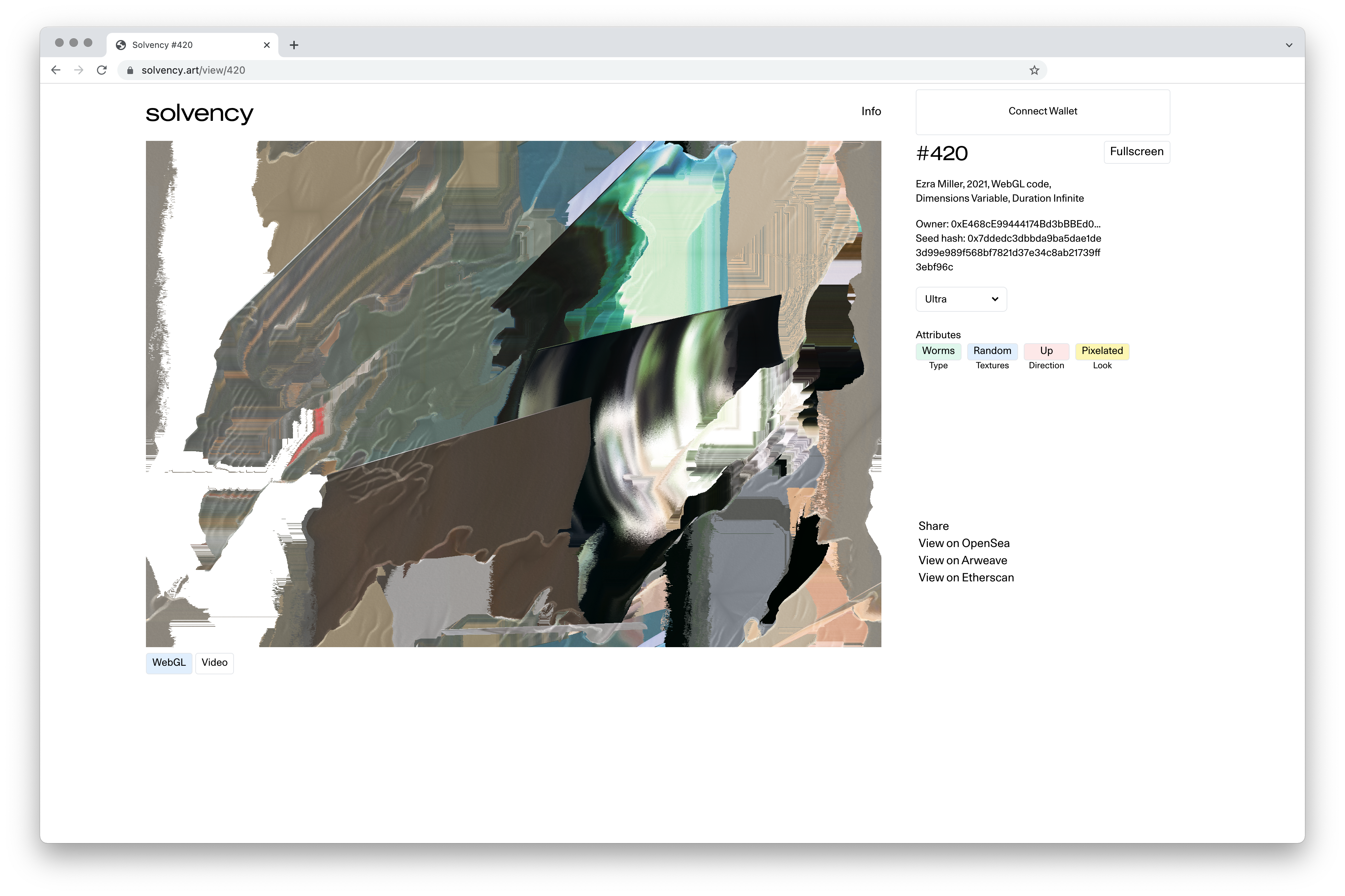
Ezra Miller (Artist): I’ve been doing generative art for eight years now. I started teaching myself in high school, how to code and make websites and make art and different types of programming languages. Making NFTs was a natural progression for me because, for whatever reason, generative art has become highly valued and sought after in the NFT space. I didn’t really have to alter my way of making art; it's pretty much how I’ve been making work for the past four years: randomly seeded, working with parameters and procedural algorithms.
Steve Klebanoff (Technologist): I got pretty interested in crypto and specifically in the Ethereum ecosystem early to mid 2017. I got obsessed with decentralized applications, and in particular, early decentralized exchanges like EtherDelta. That led me to Radar Relay and 0x. I ended up leaving my standard software engineering career to go full time in crypto in 2018. During that time, I got exposed to a lot of novel concepts in the DeFi world, but also in the NFT world.
When I saw ArtBlocks get released, my mind was blown and I was instantly a fan. That was my intro to generative on-chain art, which I think is a really novel use case. When I got introduced to Ezra, I was working on a variety of DeFi and experimental NFT projects.
Miller: I followed Alex Singh on Twitter; saw we had mutual friends, and he seemed like an interesting voice. This was in February when everyone was getting into NFTs. We started DMing about what NFTs could look like and what was lacking in the space. Alex said, "Let me introduce you to Steve. Steve’s gonna be able to realize your vision of what you want to do."
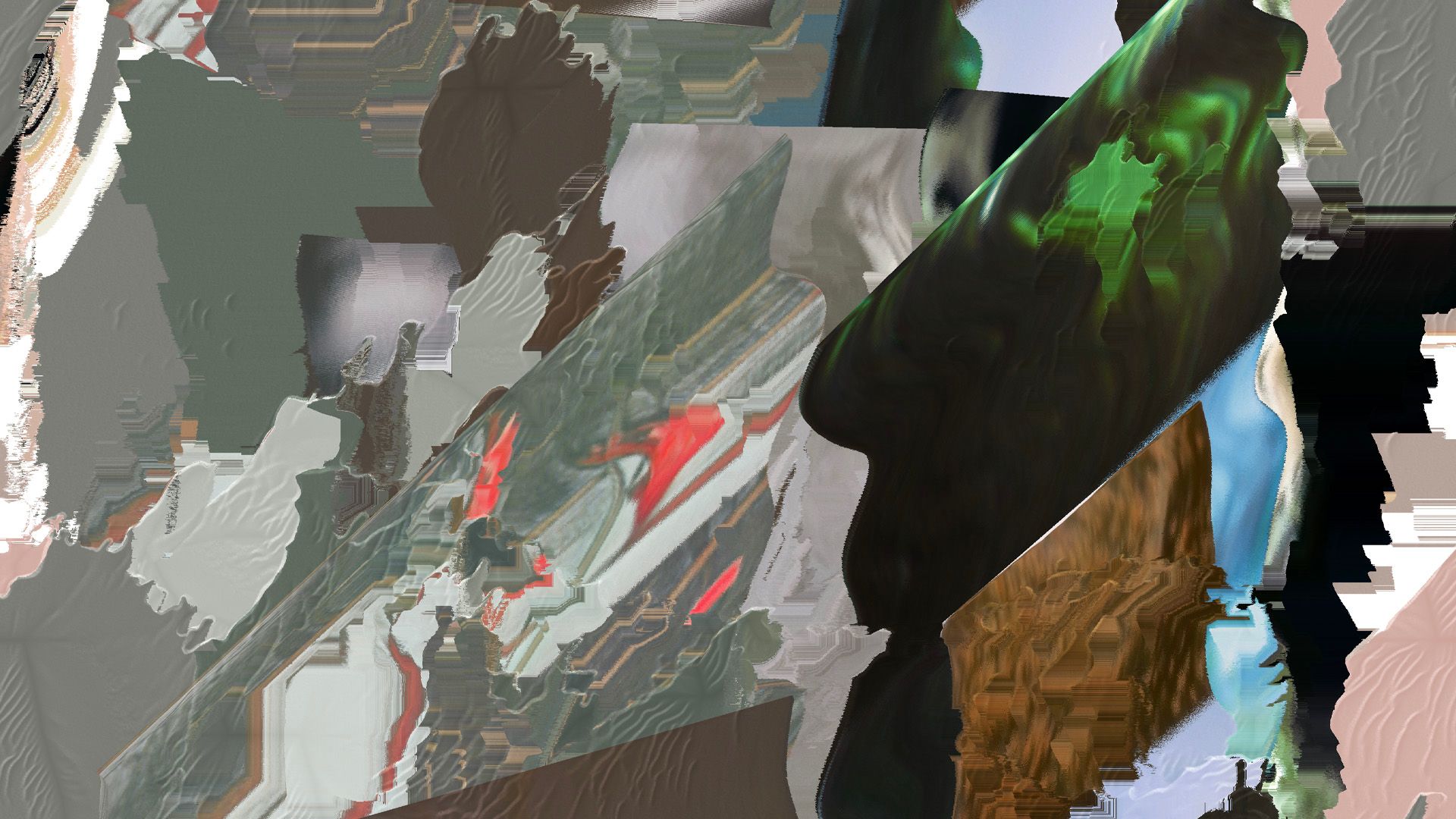
Klebanoff: Early in working with Ezra, being an advisor to ArtBlocks, my first instinct was to release it on the ArtBlocks platform. There were a lot of good reasons to do that, given the network effect of the ArtBlocks community and wanting to leverage launching on the OG generative NFT platform. I spent quite a bit of time trying to figure out if this made sense, and there wasn’t a clear-cut decision to be made. When we really dug into it, what we realized is that because this requires external images, and because of the complexity of the custom script, this didn’t make sense for ArtBlocks given where its infrastructure was at. At the time, ArtBlocks was based around smaller scripts that didn’t have off-chain dependencies.
Ezra and I had to make the decision to build our own infrastructure customized for our needs: being able to render high-quality previews, being able to deal with assets that are on Arweave, and being able to handle large file sizes And then we had to write our own minting contract and build our own backend and frontend to support that on a technical level. There was also, for us, the artistic vision for having a bespoke gallery.
Miller: I wanted to control the presentation side of it. From the get-go, I was adamant about designing the front end. We paid a lot of attention to detail for the UX. I wanted the series to stand apart from other websites.
Throughout my whole career, I’ve been independent. So I think that was another big part of it. "Can I pull this off with just me and Steve?" Yeah, you can. You don’t need the institutional backing or co-sign to do a successful generative project like this.

Breck Stodghill (Collector, Engineer at Zora): Solvency was the first project that I minted outside of Zora. So, Solvency holds a very special place in my collection on top of the fact that the artwork itself is so pleasing and unique. Versus looking at a Bored Ape or Cryptopunk, you can look at a Solvency for a few hours and it is constantly evolving.
Using Arweave was ahead of its time. Arweave in early 2021 is the same sort of leap as fully on-chain projects like Loot were more recently. So this is a somewhat historical moment where the way the artwork is stored is really novel as well.
Klebanoff: Once we started actually digging into it and making all this custom infrastructure, it really showed to me personally how much power that gave us. When we’re rendering the video thumbnails for Opensea, we get to choose exactly what machines those are running on, we get to decide how long the clips are, and exactly how they’re generated. So instead of having to rely on a third party to work with us to tweak things, we were entirely in control of our own destiny.
And then on the front end website, for example, little things like showing people’s Opensea name as the owner, as well as giving people a way to easily see all the Solvencies that they own— it really became clear to me that having a bespoke platform that we built just like gave us a huge amount of superpowers that we could use to our advantage to make a really special experience.
Lindsay Howard (Curator, Head of Community at Foundation): Solvency was one of the first collections we imported on Foundation because it introduced a new way of thinking about and creating NFTs. Ezra’s approach of incorporating the underlying technology and using it as a creative medium revealed more about the mechanics.
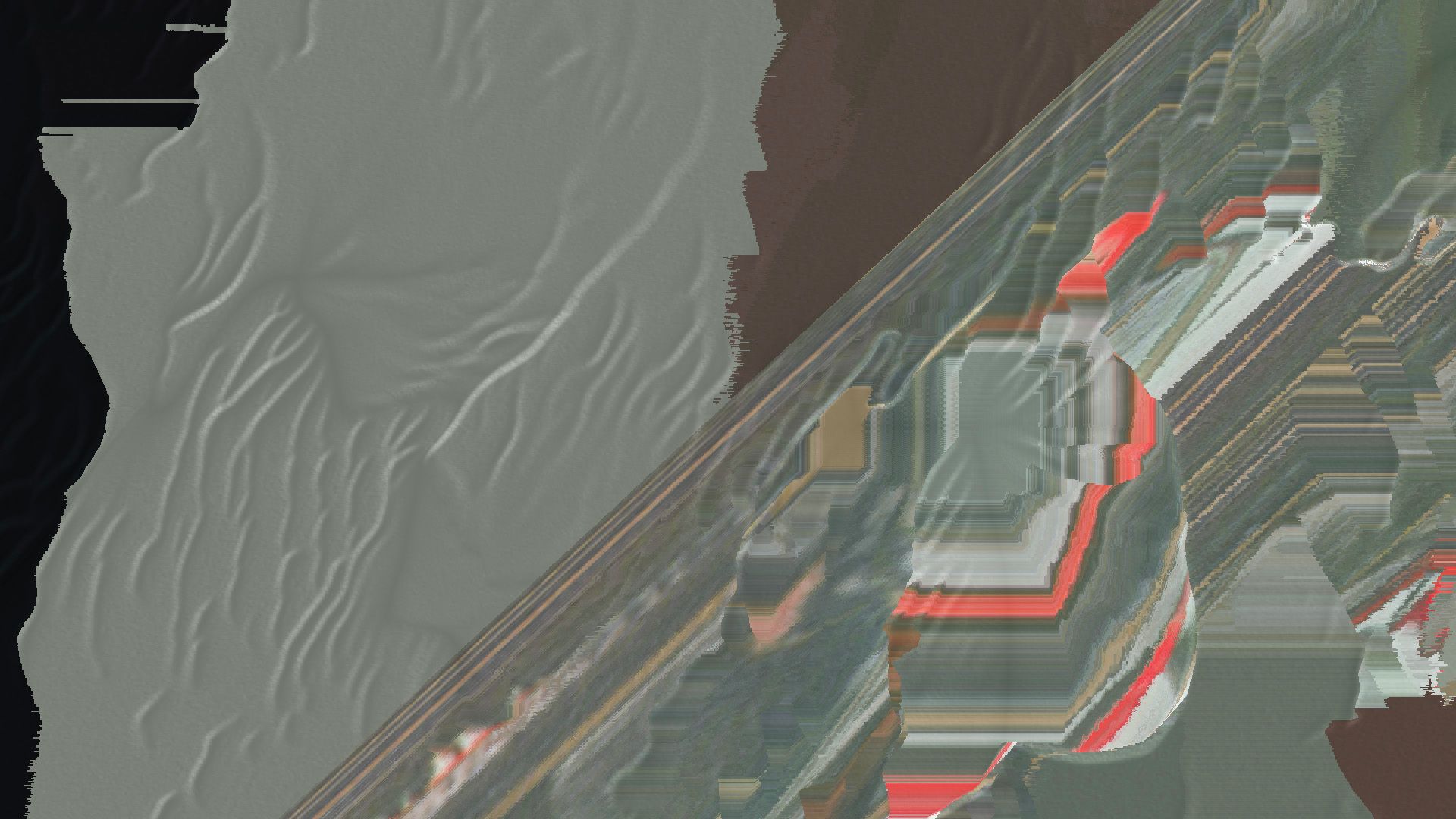
Doh.eth (Collector, Founder of Cosmopolity): If you look back, when Solvency came out, there wasn’t a lot of work that was interactive at that point. A lot of people don’t know but you can actually interact with your Solvency and the canvas and it affects how the art progresses. A Solvency piece is a live canvas where the code is instructed to draw on the canvas in real time. The type of media used is completely different from most other projects, and a lot harder to get right, I'd argue. This kind of coding art is still underappreciated in the space, in my opinion.
Miller: I was really into morphogenesis at the time, the science of natural patterns of living things. I was especially interested in birds. I had been working on trying to use textures that were generated, or inspired by those kinds of natural palettes and trying to find an algorithm that replicated those patterns.
I stumbled on this way of making things with GAN textures that was really getting at something that I liked. I started to build on top of it, with combinations of textures that were inspired by my own life.
I’ve been interested in particle-based simulation stuff for a while now and I just found something that I really liked and could play with and find a lot of variation within. I spent a lot of time dialing those types in; there were a lot of hours that went into messing with parameters and seeing what I could make and still keep it fresh and cohesive.
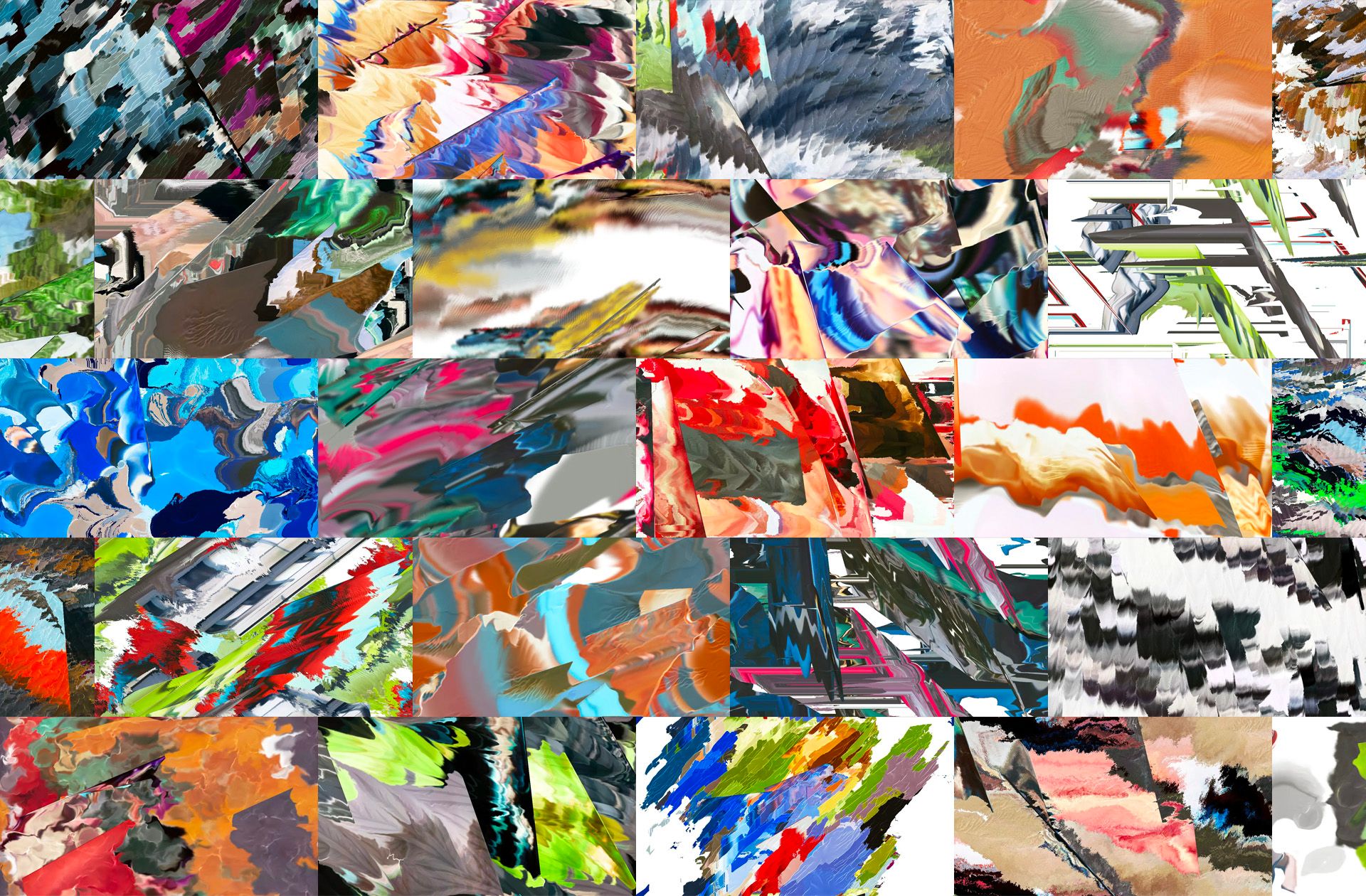
Raihan Anwar (Collector, Member of Friends With Benefits): Solvency was probably the first art piece I saw that drew from the heritage of computer generated art, while simultaneously looking into the future of distributed computing. Any piece can be in the silo of “smart uses of tech,” but I loved that Ezra imbued the process with a deliberate sense of artistic purpose and humanity. As a collector, there are pieces that would be impossible without the blockchain. In the case of Solvency, I love that the hash function works in collaboration with Ezra’s own personal sorting of photographs and a variety of external oracles. In a way, it feels like a continuation of the history of sampling, similar to how DJ Premier would combine old jazz records with samples of his previous works to create new beats.
Miller: [Solvency] is an interesting word, because a solvent is something that dissolves in water, and has chemical properties. It relates to my work and the series itself, obviously, because I’m interested in fluid simulations and images and colors that dissolve. But it’s also got a financial connotation. This idea of financial liquidity and "Solvency" started to make me think about money being like a kind of a liquid substance with NFTs. There’s this new way to make money with my work that hasn’t existed until right now. It’s a completely new paradigm for me and for many people.
Ari Greenberg (Collector, Member of FingerprintsDAO): Similar to artists like Tyler Hobbs and Dmitri Cherniak, Ezra Miller pushes the boundaries of what can be achieved in generative art. Solvency is kind of like a little secret amongst generative art connoisseurs; it is definitely underappreciated by the majority of NFT collectors today, but I have very little doubt that it will hold its own in the canon of generative NFTs.
Klebanoff: My high-level thesis that I’ve had around NFTs for a while is that minting standard JPEGs or mp4s is interesting, but you’re still just taking the old world and putting it onto the blockchain. What I’m really into is to leverage the blockchain as the canvas and do things that can’t be done in the traditional world. In these novel crypto-native ways, those are going to be the NFTs that I think will accrue the most value over time because they’re dramatically different innovations than anything we had before.
The fact that Solvency uses all of these really interesting images that Ezra created that were GAN-generated from 35mm photographs is really fascinating. And the fact that it’s infinite— there are still new things that I discover about the series by just letting a particular random piece run for a couple minutes and really sitting with it, or rediscovering a piece that I checked out before, but hadn’t really taken the time to really vibe with it for 10 or 15 minutes.
Priyanka Desai (Collector, Member of FlamingoDAO): I was a big fan of Ezra’s work beforehand and was excited to see him experiment with NFTs. I have a different kind of appreciation for Solvency, since each is so unique. Feels more like "art" than a character, digital identity, or collectible. I’d display a Solvency on my wall; not sure I’d feel that way about a PFP.
Miller: [Rarity] was all programmed in by me. I’ve noticed what I might find really beautiful is not what other people might find really beautiful. People are really into certain textures that I might not have even thought of being as interesting as others.
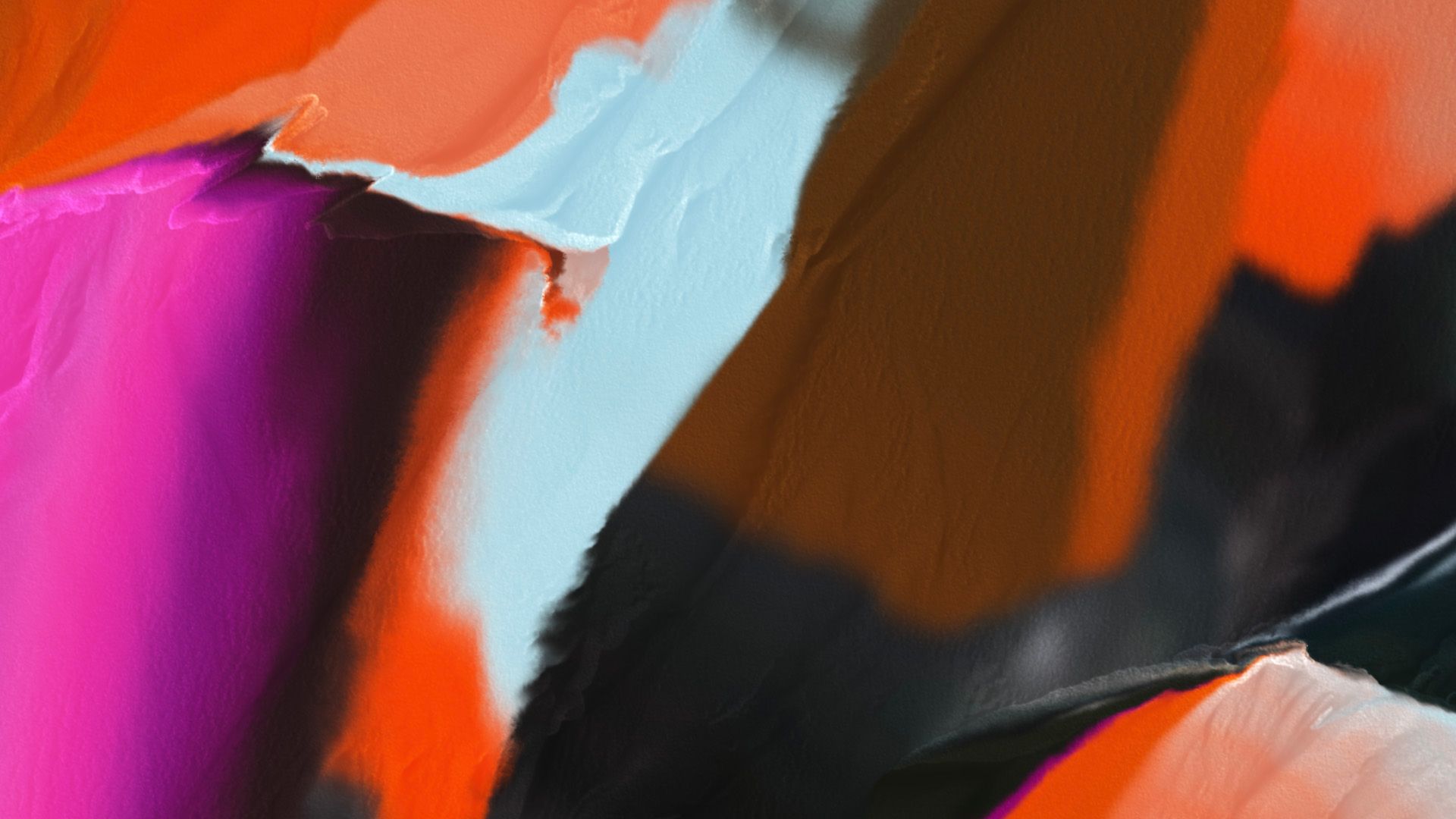
Stodghill: As a viewer, because of the different shapes and textures, you can very quickly come to appreciate a specific Solvency. But then, the fact is that most people aren’t selling their pieces. The market isn’t liquid, and so you might find yourself interested in one but it is difficult to get one that you like, unless you were the original minter. I used to hate the pixelated Solvencies and only liked the ones that were smooth, but now one of my grail NFTs is Solvency 404 which is a pixelated one.
I think there’s a parallel here with music. There are albums I listen to that I hate the first time I listen to them, but then the 4th or 5th time I get into it there’s that moment where it finally clicks and you realize you love that record. Because these pieces go on forever, the more time you spend with the piece, it compounds.
Jose Mejia is a writer and editor that used to run a design studio, sometimes codes, and believes in building things.


